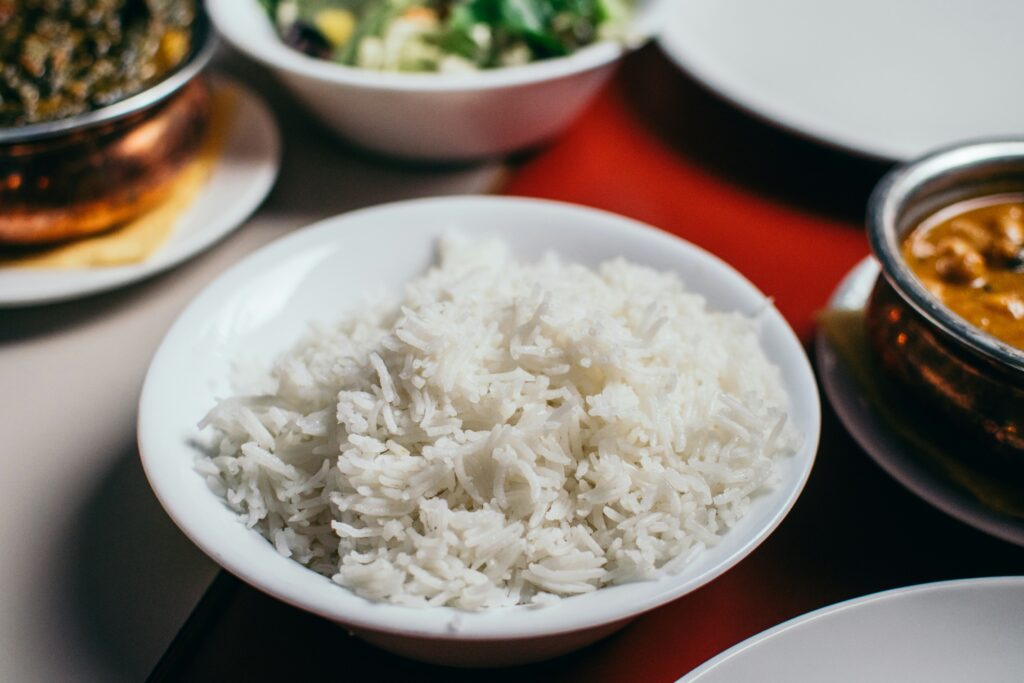Are you on a quest for healthier eating habits? Look no further than your rice cooker! In this post, I’m about to unveil a simple yet effective kitchen hack that could revolutionize your approach to carbohydrates and glycemic control.
Understanding the Glycemic Index
Before we delve into the magic of cooling and reheating, let’s quickly recap what the glycemic index (GI) is all about. The GI measures how quickly carbohydrates in food raise blood sugar levels. High-GI foods cause a rapid spike in blood sugar, while low-GI foods lead to a more gradual increase.
The Science Behind Cooling and Reheating
Recent research, including studies published in the European Journal of Clinical Nutrition and the Journal of Agricultural and Food Chemistry, has shed light on the transformative power of cooling and reheating starchy foods like rice. When rice is cooled after cooking, its starch structure undergoes a change, forming resistant starches. These resistant starches resist digestion in the small intestine, leading to a slower release of glucose into the bloodstream. The result? A lower glycemic response and potential benefits for those following low-carb diets or managing blood sugar levels.

Optimizing Your Rice for Health
Ready to put this knowledge into practice? Here’s a simple three-step process:
- Cook your rice as usual.
- Allow it to cool in the refrigerator for several hours or overnight.
- Reheat and enjoy!
Conclusion: A Game-Changer for Your Diet
Incorporating cooled and reheated rice into your meals could be a game-changer for anyone looking to optimize their carbohydrate intake, manage blood sugar levels, or simply make healthier food choices. So, the next time you’re preparing rice, consider giving it a cooling-off period for a nutritional boost that’s as easy as it is effective.
Curious to learn more? I’ve included links to the studies mentioned below, so you can explore the science behind this kitchen magic at your own pace:
- European Journal of Clinical Nutrition – Effect of cooling and reheating on resistant starch content of rice and pasta
- Journal of Agricultural and Food Chemistry – Resistant starch formation in high-amylose maize starch during autoclaving-cooling cycles and its effect on in vitro human fecal fermentation
If you enjoyed this or found it insightful, let me know by sending me a quick message.
Have a fit day!!!



